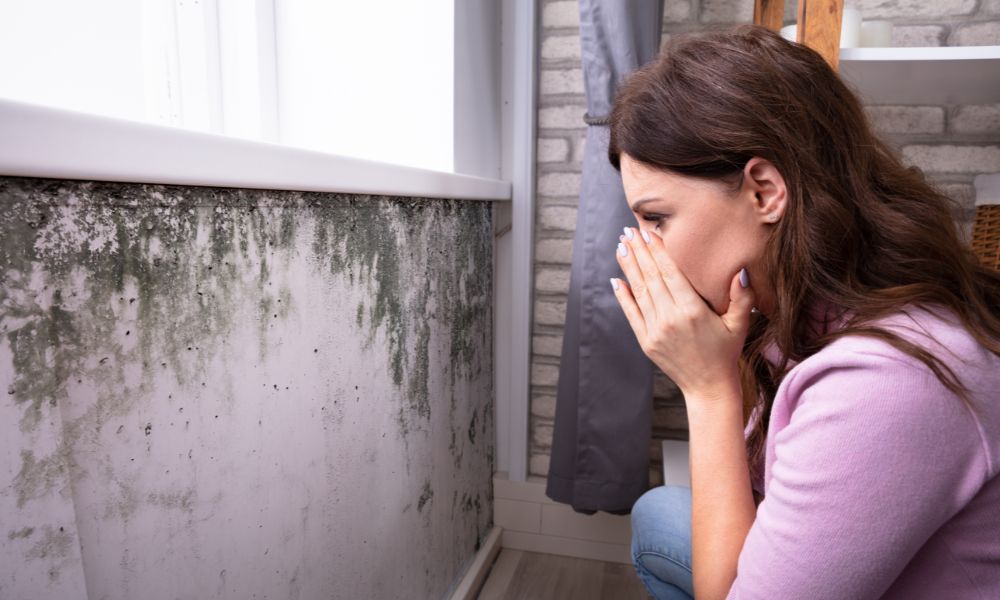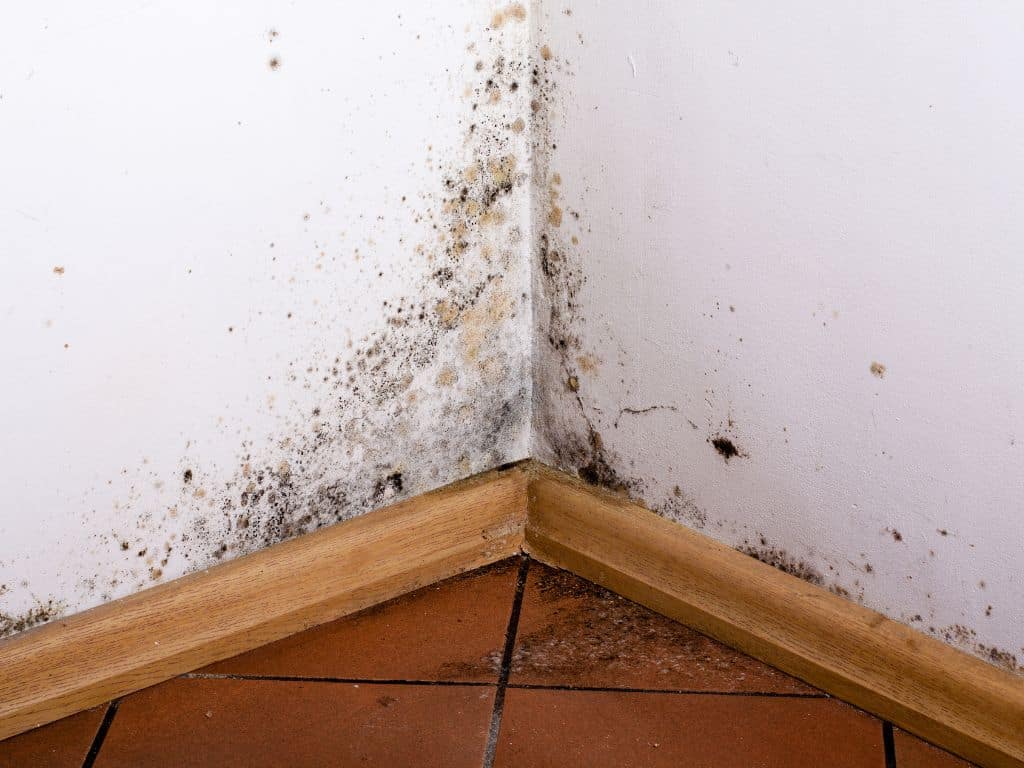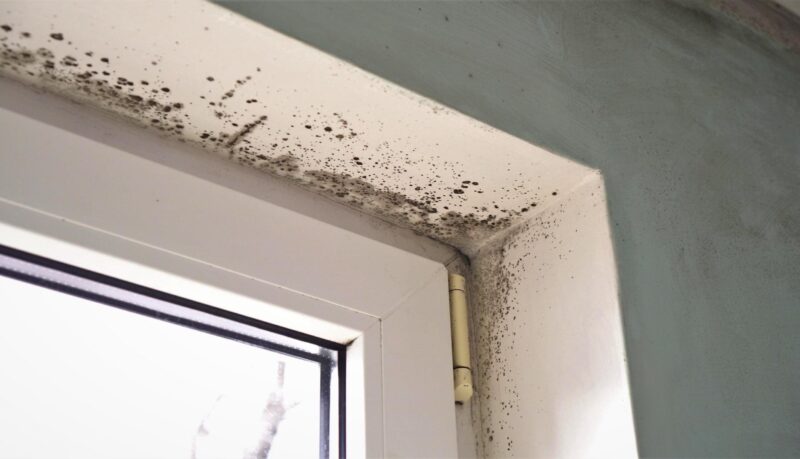The presence of mold in indoor environments can have a significant impact on air quality and ultimately on our health. While some molds are visible and easily detectable, others lurk hidden behind walls or ceilings, posing a threat that may go unnoticed for extended periods of time.
Understanding the distinctions between visible and hidden mold is crucial in addressing their effects on indoor air quality. This article delves into the implications of visible versus hidden mold on the air we breathe indoors, shedding light on the importance of proper detection and remediation efforts.
By exploring these differences, we can gain a deeper insight into how mold can affect the overall quality of our indoor environments and take necessary steps to ensure a healthy living space for ourselves and our loved ones.
Introduction to Mold and Indoor Air Quality

Understanding the impact of mold on indoor air quality is essential for creating a safe and healthy living environment. Mold can appear in both visible and hidden forms, posing potential health risks for those exposed to it.
While visible mold growth is easily identifiable and remediated, hidden mold can lurk within walls, ceilings, or other concealed areas, often going unnoticed until it causes more significant issues. Mold spores can be released into the air, leading to respiratory problems, allergies, and other health concerns.
By gaining a better understanding of mold and its effects on indoor air quality, individuals can take proactive steps to prevent, detect, and address mold growth in their homes or workplaces.
The Effects of Visible Mold Growth on Indoor Air Quality
:max_bytes(150000):strip_icc()/GettyImages-912933178-8b4aca627d3d4a63be08a2e68c158b11.jpg)
Visible mold growth not only poses a serious threat to the structural integrity of buildings but also has a direct impact on indoor air quality. Mold spores released into the air can cause a range of health issues, from minor respiratory problems to more severe allergic reactions.
In some cases, exposure to mold can even trigger asthma attacks in individuals with preexisting conditions. Furthermore, the presence of visible mold growth is often a sign of underlying moisture issues within a building, which can lead to further mold contamination if not addressed promptly.
Maintaining a clean and dry indoor environment is crucial in preventing the negative effects of visible mold growth on indoor air quality.
The Impact of Hidden Mold on Indoor Air Quality

Hidden mold can have a significant impact on indoor air quality, often going undetected until it causes noticeable health issues or property damage. Mold spores can easily spread through the air, leading to respiratory problems, allergies, and other health concerns for occupants of the affected space.
Additionally, hidden mold can weaken the structure of a building over time, leading to costly repairs and potential safety hazards. Because hidden mold is not immediately visible, it is important for homeowners and property managers to regularly inspect and address any signs of moisture or musty odors to prevent the negative effects on indoor air quality.
Conclusion
In conclusion, the presence of mold in indoor spaces can have a significant impact on air quality and overall health. Whether mold is visible or hidden, it can release spores and mycotoxins into the air, leading to respiratory issues, allergies, and other health problems.
It is essential to address mold contamination promptly and effectively to maintain a healthy indoor environment. Consulting with a mold expert can provide valuable insight and assistance in identifying and remedying mold issues. By taking proactive measures to prevent and address mold growth, individuals can improve indoor air quality and create a healthier living environment for themselves and their loved ones.


